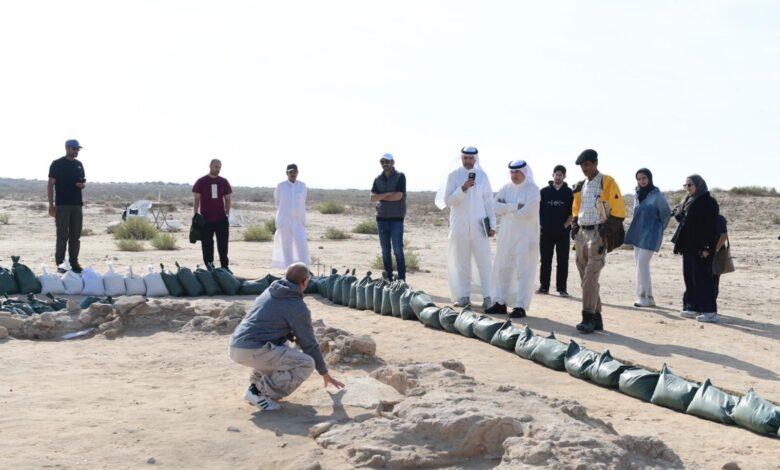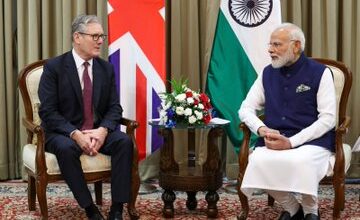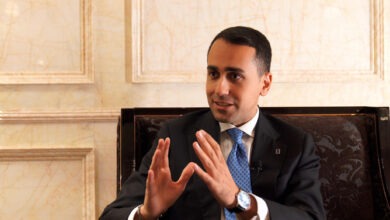4,000-year-old Bronze Age temple found on Failaka Island
The discovery followed ongoing excavations in the eastern region of the Dilmun palace and temple site, dating back to the early Dilmun civilization.
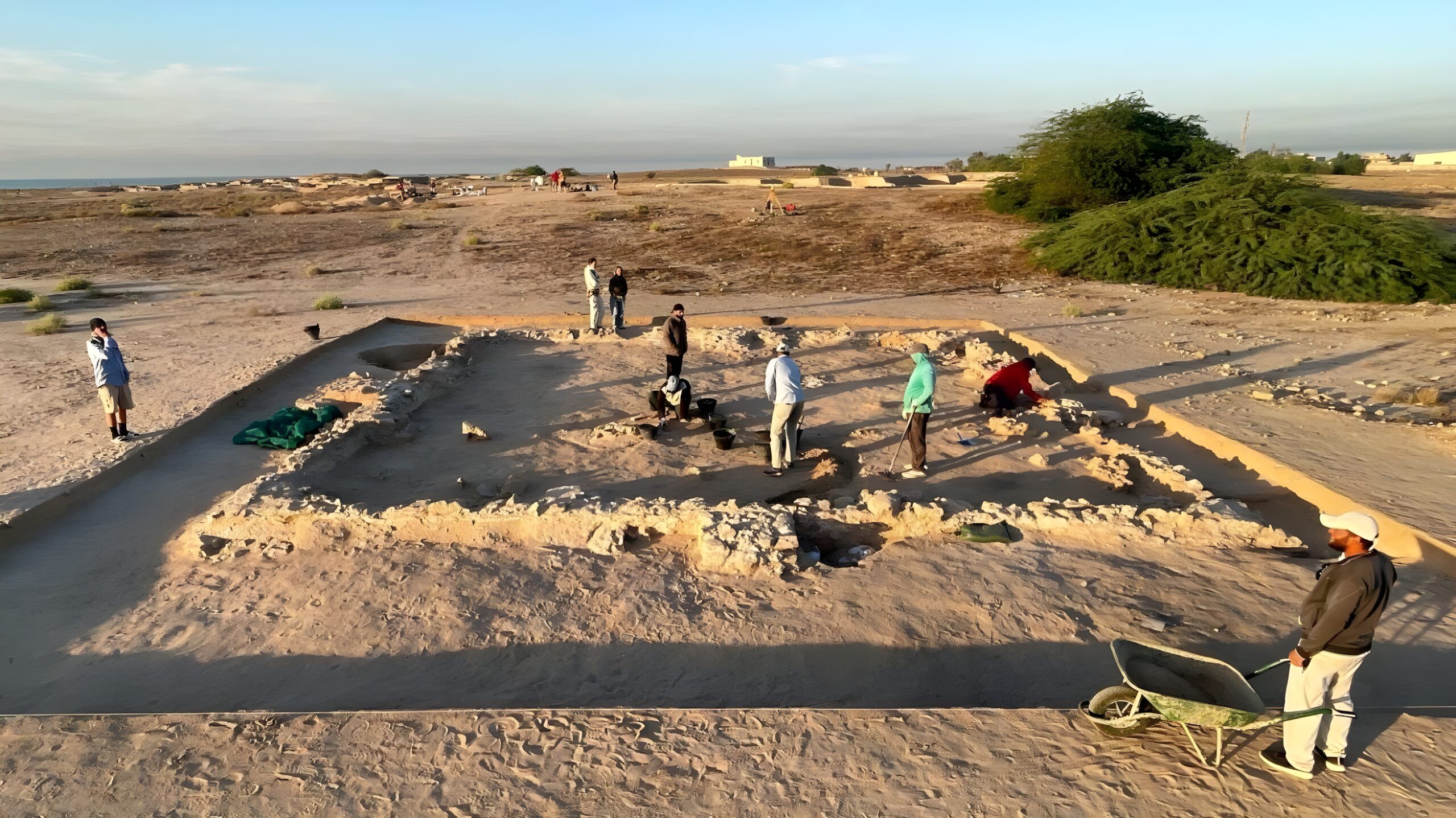
• The discovery of the 4,000-year-old Bronze Age temple underscores the pivotal cultural, commercial, and social role of the Failaka Island in the Arabian Gulf region in the past.
The National Council for Culture, Arts, and Literature announced that the Kuwaiti-Danish team from the Moesgaard Museum has made a new archaeological discovery on Failaka Island: a temple dating back to the Dilmun civilization from the Bronze Age, approximately 4,000 years ago, according to Q8-Press.
The council explained in a press statement that this discovery followed continuous excavation efforts in the eastern region of the palace and temple site of Dilmun on a hill known as “F6,” which dates back to the early Dilmun civilization period in the Bronze Age.
It was emphasized that the Kuwaiti-Danish team successfully completed the 2024 exploration season, continuing work from the 2022-2023 seasons.
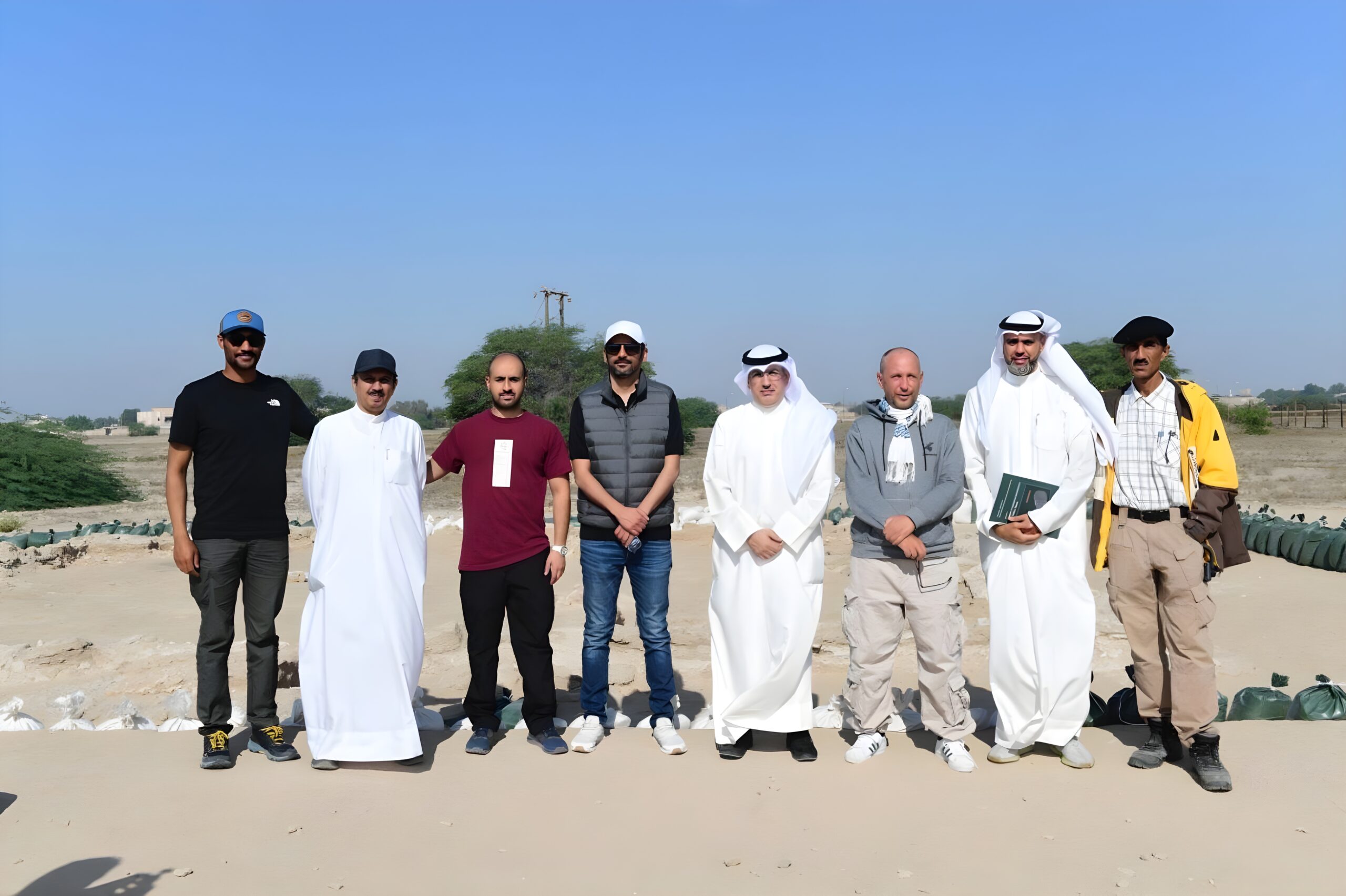
Mohammed bin Reda, Assistant Secretary General of the Antiquities and Museums Sector on behalf of the Council, stated that the council places great importance on supporting archaeological missions aimed at excavation and restoration, in line with its role in preserving Kuwait’s history and antiquities.
He also highlighted that the discovery of the temple underscores Failaka Island’s pivotal cultural, commercial, and social role in the Arabian Gulf region in the past.
Dr. Stefan Larsen, head of the Danish mission, stated that during previous seasons, traces of walls believed to be part of a small temple platform dating from 1900-1800 BC were identified on the same hill.
He pointed out that this year, the excavation team discovered an almost complete Bronze Age temple measuring 11 x 11 meters, along with many artifacts such as seals and pottery, confirming the temple’s connection to the early Dilmun civilization.
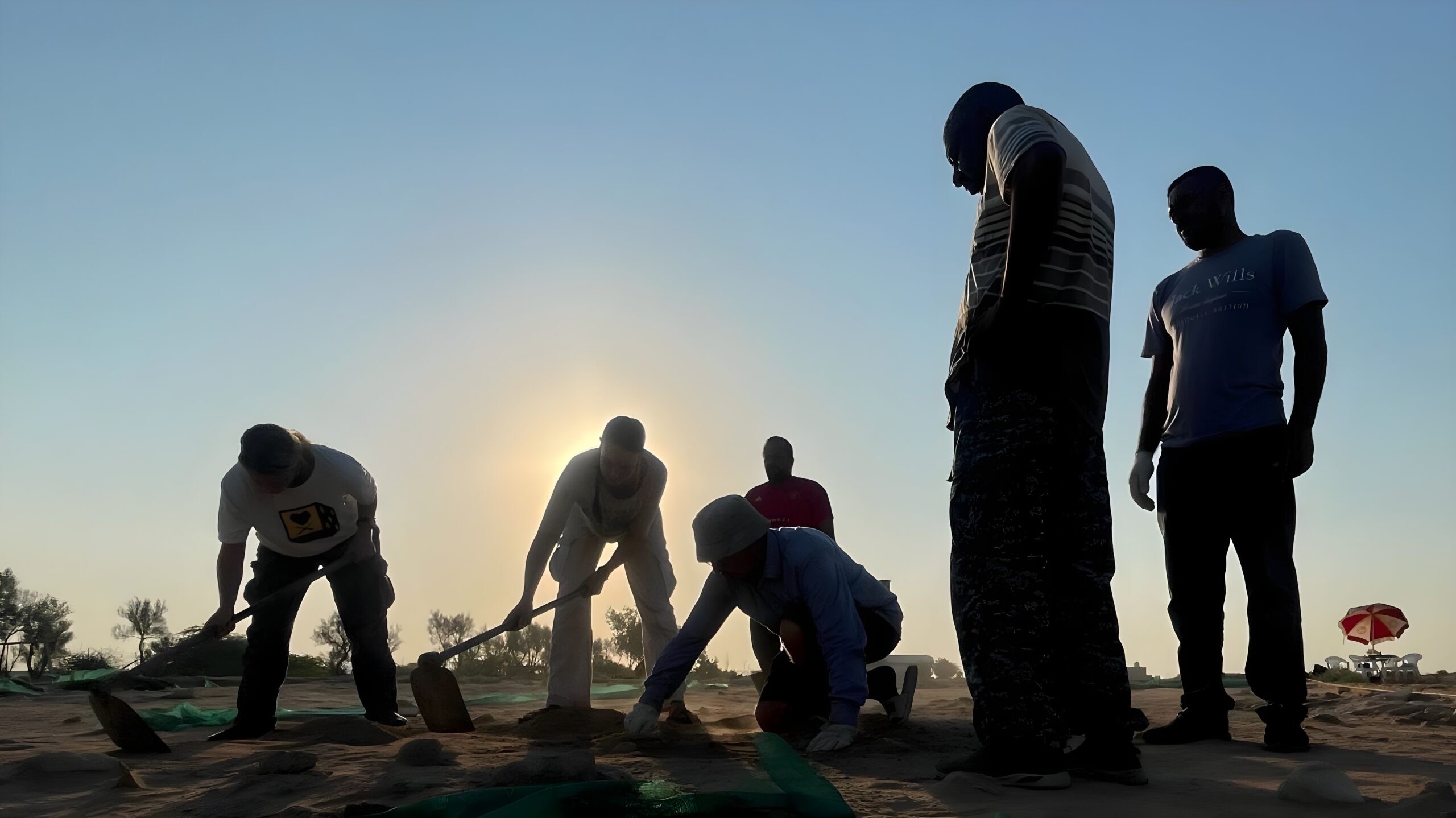
He explained that this extraordinary discovery marks a milestone in understanding the religious practices of the Dilmun civilization and kingdom, adding that excavations at the site will continue in 2025, promising further insights into Kuwait’s ancient history.
Dr. Hassan Ashkhnani, Professor of Archaeology and Anthropology at Kuwait University, noted that the discovery of this Dilmun temple, located next to another, is significant not only locally but also for Dilmunic sites in the Arabian Gulf. He emphasized that the presence of two temples on the same site, alongside a large administrative building, highlights the site’s importance as an administrative and religious center on Failaka Island. This discovery reflects the development of the DilmunKingdom, which emerged more than 4,000 years ago during the Bronze Age, alongside the Al-Khader Dilmunport and the Dilmun residences in Tel Saad.
